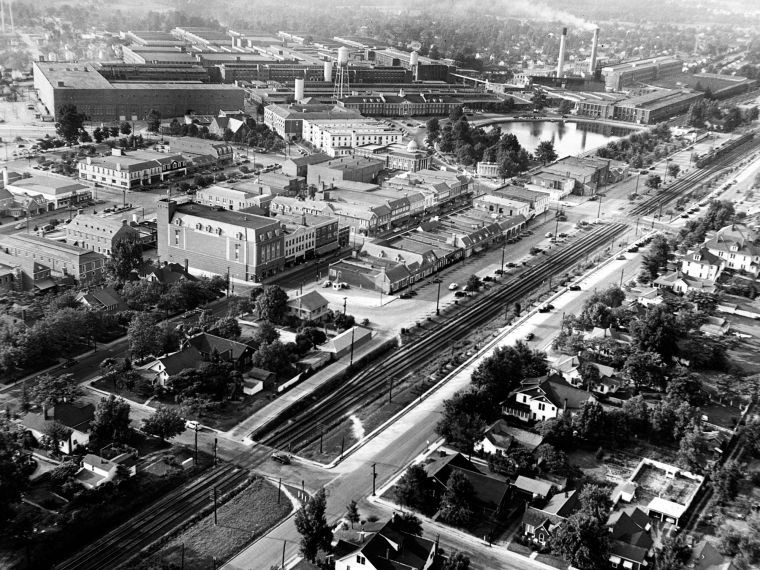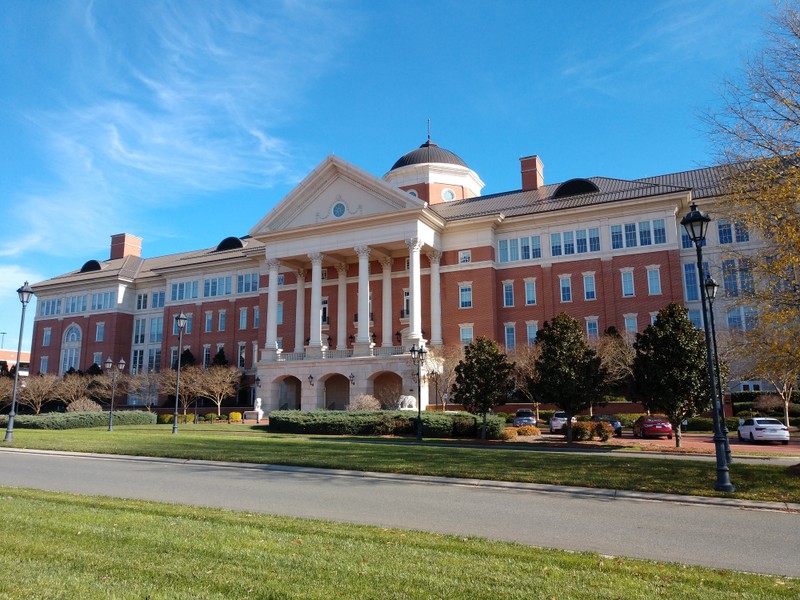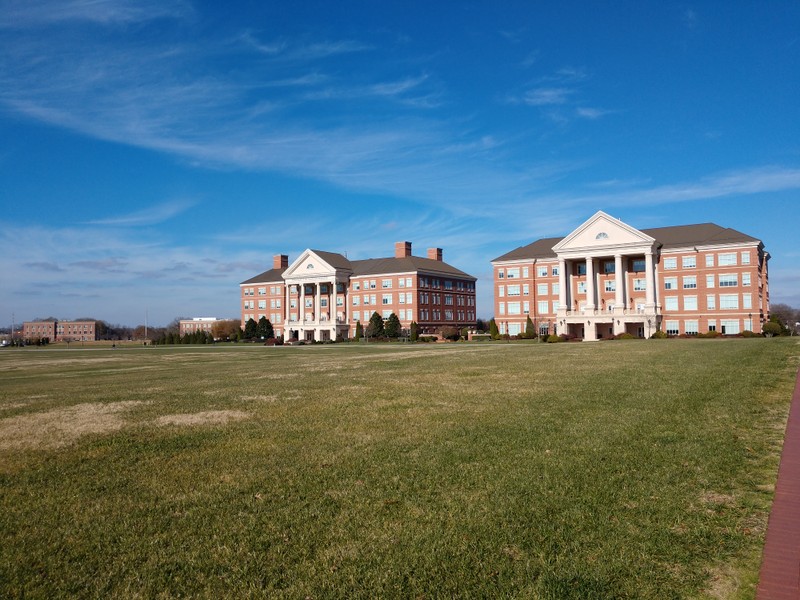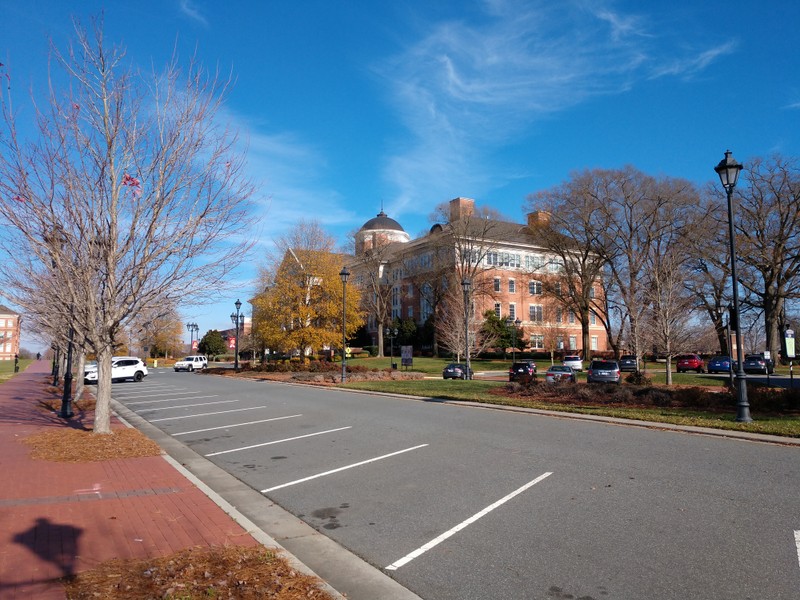David H. Murdock Research Institute
Introduction
Text-to-speech Audio
Images
Aerial photograph of the Cannon Mills complex

The David H. Murdock Core Laboratory building today sits on what used to be the Town Lake.

Two laboratory buildings on the research campus. A medical center can be seen in the background on the left.

Parking spaces are ample thanks to a unique design of the roads on the campus. Though, expect to look for a while for a place to park during events.

Backstory and Context
Text-to-speech Audio
Kannapolis continued to grow as the mill did, until the 1980s, when Cannon Mills sold the town to billionaire David Murdock, including all real estate held by Cannon Mills. Murdock sold the mills in 1986 to what became Pillowtex. In 2003, due to the massive downturn in the textiles industry, Pillowtex filed for bankruptcy, and closed the mills, resulting in the largest layoffs of employees in North Carolina history. In 2006, Murdock repurchased the mills, and demolished them to begin construction on a large research campus in association with the University of North Carolina. The large campus conducts research into nutritional health and chronic diseases with the partnership of numerous North Carolina universities. Today, a small nod to the campus’ textile path remains in the form of a set of smokestacks on a building, resembling those that once sat atop Cannon Mills.
Few remnants of the old mill remain. Unlike Concord NC, just a few miles down South Main Street, which has numerous abandoned mills littered across the town, Murdock saw in Kannapolis an opportunity to revitalize the town and to turn it into a world class research city. As former Concord mayor, Scott Padgett, states, the town of Kannapolis was quickly headed towards the fate of many southern mill villages, of neglect and depopulation.[1] With the construction of the research center on the land where the massive mill complex once stood, Kannapolis has its eye turned towards the future.
The campus loop currently houses the Kannapolis city hall, the headquarters for the Kannapolis Police Department, a medical center currently leased by Atrium Health, and nine different research centers. To foster engagement with the community, the campus frequently hosts community events such as fairs, fireworks shows, concerts, and farmers markets and the campus already provides close to 1,000 jobs.[2] Kannapolis city officials hope that the growth of the research campus will usher in a new era for the town, allowing it to defy the norms of economic decline that plague so many mill towns today.
Sources
1) Cuthrell, Shannon. N.C. Research Campus in Kannapolis Presses on with Hefty UNC System Aid, Business North Carolina. January 2nd 2020. Accessed December 1st 2020. https://businessnc.com/n-c-research-campus-in-kannapolis-presses-on-with-hefty-unc-system-aid.
2) NORTH CAROLINA RESEARCH CAMPUS, Accessed December 2nd 2020. https://www.visitcabarrus.com/listings/north-carolina-research-campus/.
https://independenttribune.com/news/10-years-after-the-fall-dream-endures-for-new-kannapolis/article_088b6162-fed4-11e2-ba1b-001a4bcf6878.html
Bradley Holt
Bradley Holt
Bradley Holt
